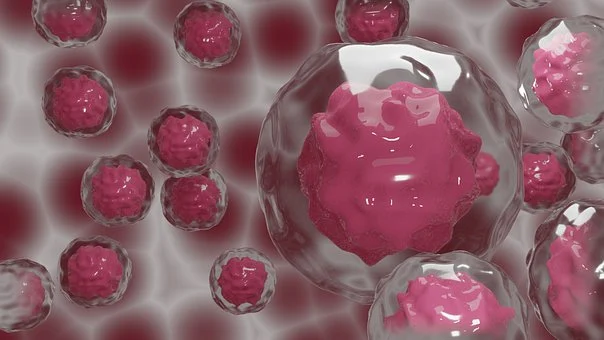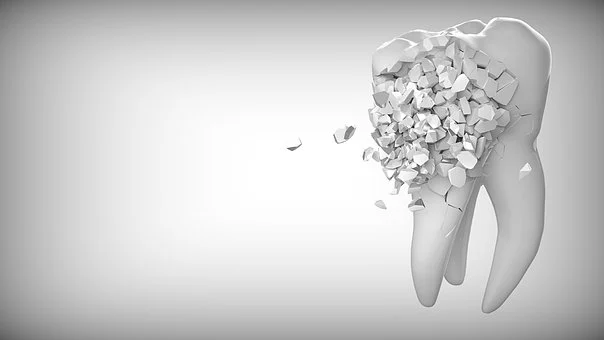In the first century AD, the Roman scholar, Celsus, defined the clinical symptoms of inflammation in the simplest way- redness (rubor), pain (dolor), heat (calor), and swelling (tumor).

Inflammation is a protection mechanism of our body where the defense cells e.g. WBCs, help us to fight infection from outside invaders, such as bacteria, viruses and other micro-organisms.
A healthy oral cavity harbors an abundant commensal microbial community with a great diversity. It represents one of the most ecologically complex niches within the human body where the oral microbiota–host equilibrium remains balanced in health conditions (truce). The balance between the pathogenic bacteria and host immune response is critical in governing the transition from health to disease (war).
When this balance is jeopardised, it leads to a disease state – a state where the commensals act as culprits of war. These oral microbiota then invade of the tooth supporting structures (e.g., the gingiva or gums, periodontal ligament and bone). This leads to the initiation and propagation of an inflammatory condition termed periodontitis or periodontitis or periodontal disease (Gum Disease).

A strong correlation exists between inflammation and the development and progression of many cancers. Approximately 20% of all human cancers have been related to chronic inflammatory conditions. Inflammatory processes involve large network of immune and stromal cells as well as mediator molecules namely, prostaglandins, cytokines, chemokines, etc.
Regulated multicellular responses changes the composition of the surrounding extracellular matrix – the microenvironment. These may lead to major alterations in the abundance of reactive oxygen and nitrogen species and other mediator molecules.

By far, periodontitis is considered to be the most common inflammatory condition affecting the oral cavity. Recent studies signify that periodontitis promote a number of inflammatory diseases, including cancer.
In case of oral cancer, the local inflammatory response associated with periodontitis can trigger altered cellular events. Phenotypic alterations and functional differences are observed both in the immune and stromal components of the periodontium during periodontitis. Such alterations result in a microenvironment that favor cancer progression. Many researchers have shown that the inflammatory milieu in periodontitis is ideal for cancer cell seeding, migration, proliferation and immune escape.
The gingiva has been identified as the most common site for metastatic carcinomas when compared to all the other soft tissues of the oral cavity. Altered cellular events may promote cancer cell invasion and can support the seeding of metastatic tumor cells into the gingival tissue giving rise to secondary tumors. These have been reported as metastatic lesions of other primary cancers from distant sites including lung cancers, renal cell carcinomas, hepatocellular carcinomas and breast cancers.

Image credit:doi.org/10.3389/froh.2020.584705
Thus, the deregulated environment of gingival tissue in periodontitis may form an attractive environment for the seeding and growth of these metastatic cells.
Periodontal pathogens can contribute to carcinogenesis at locations other than the gingiva. The most common site is the lateral border of the tongue. Based on its anatomical location, this area comes in direct contact with the lingual aspect of mandibular molars. Studies show that these sites have the highest index of plaque accumulation and gingivitis. Therefore, it can be inferred that the mucosa of the lateral border of the tongue is constantly exposed to the damaging effects of pathogenic periodontal bacteria and their toxins.
Some research studies showed that the putative periodontal pathogen Porphyromonas gingivalis and Tannerella forsythia have been detected in higher amounts in both the subgingival regions and the tongue of periodontally affected patients. This information helps to substantiate that periodontitis is a potential contributing factor or an accelerator to the development of primary oral cancer.

Image credit:doi: https://doi.org/10.1371/journal.pone.0071727.g005
Therefore, monitoring oral health and providing effective treatments for periodontitis might hold promise in normalizing the at-war immune response. Understanding the interactions governing this attenuated anti-tumor immune response is important to unveil unexplored preventive or therapeutic possibilities.
Join Our Exclusive Online Course On Periodontal Genetics – Learn At Your Ease
Accredited By: American Council Of Training And Development (ACTD), USA
Comment your suggestions and wishes on what type of content would you like to read more. I will bring those up! Please share this Newsletter if you enjoy reading here.




